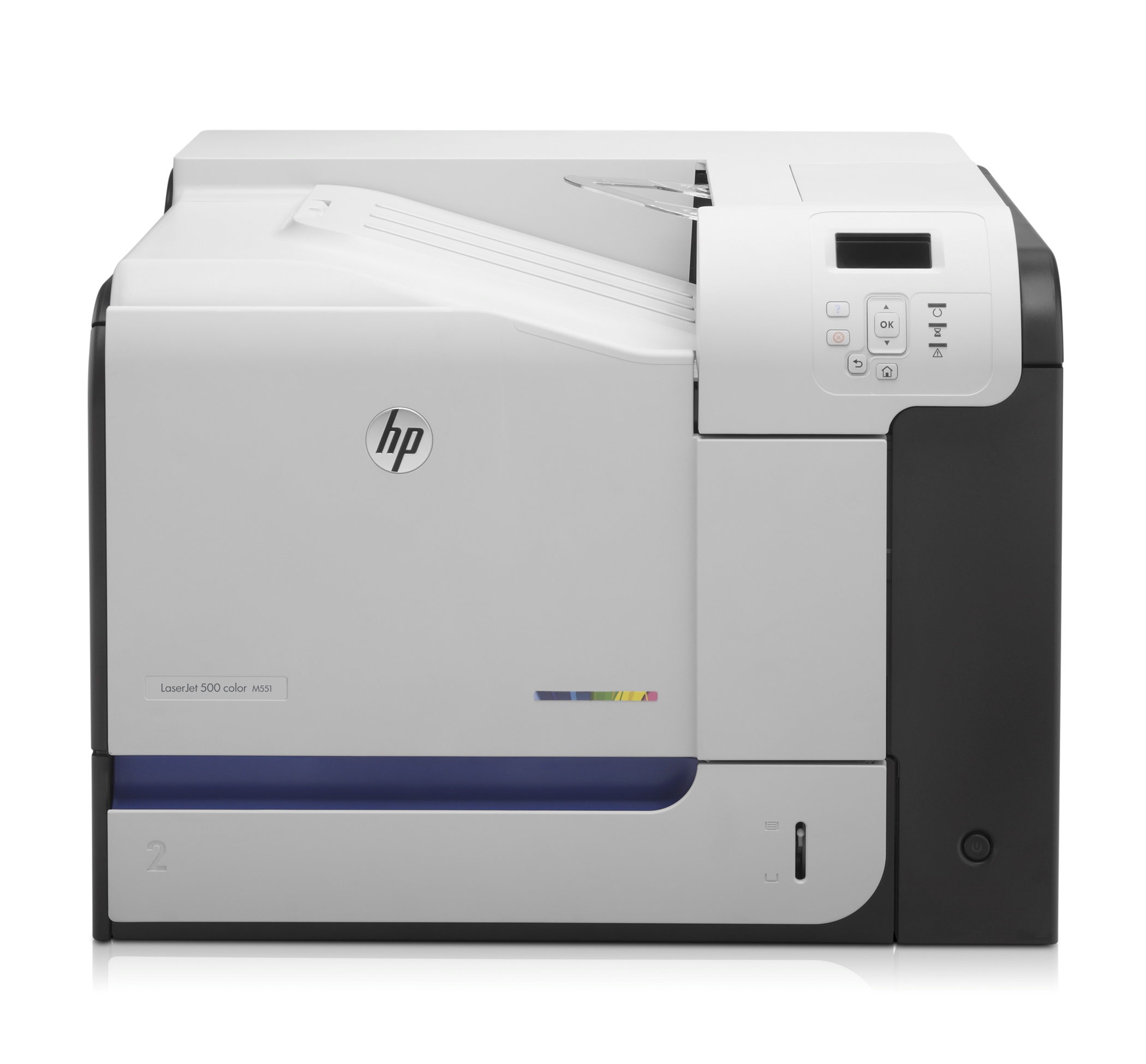In the last installment of this brand series, we looked at Samsung and how it helped to put South Korea on the business map after decades of industry-changes, struggles and growth. This time, we go from Seoul to Palo Alto, California, as we take a look at the American technology giant, Hewlett Packard.
More commonly known as HP, Hewlett Packard’s history is rich and exciting, full of unknown truths. Today, HP have become a prominent part of our everyday lives, with their technology being the pinnacle of the digital revolution. Tablets, computers, printers and laptops; HP are strong in their ability to command a full range of products, rather than rely on one best-seller. Read on to find out how they started out and how their journey unfolded.
History
The story of how Hewlett Packard started is somewhat of a magical one. Back in 1939, William Hewlett and David Packard, or Bill and Dave as they were known, formed a partnership to become Hewlett Packard. It was in the now famous ‘HP Garage’, that they had their first meeting a couple of years earlier, and in 1939, it became their headquarters. Talk about humble beginnings.
The inventive pair started out designing and building audio oscillators, and believe it or not, their first customer was actually none other than Walt Disney. Disney planned to use these oscillators to test out sound systems in movie theatres showing his feature film, Fantasia. Fantasia was the first film released in stereophonic sound, and so whether they meant to or not, HP had already created a niche supply and demand.
What we know them for
Hewlett Packard is one of the leading computer and printer manufacturers today, if not the market leader. Their innovative developments and cutting edge designs go hand in hand with their super-efficient hardware. In 2014, we now know them for tablets, laptops and hybrid computers. Consistently rising above their competitors, HP always seem to come out on top for both quality of build and aesthetic design; a deadly winning combination.
What HP have managed to do that a lot of other manufacturers haven’t, is to chop up, integrate and combine different elements of PCs, laptops and tablets. The Slate 21 in the photograph below is a prime example of that; it takes the things we like the most from certain mediums, and mixes them up with the best parts of other hardware.
The Slate 21 appears to be a desktop computer, with its 21.5 inch screen, yet it can act and behave like a tablet. With touch screen capabilities, you can ditch the keyboard and mouse, and carry the screen around as a large tablet, or use it as a smart TV to stream films and programmes. This sort of all-in-one computer and mobile system hasn’t really been matched anywhere else, and it’s what gives HP its reputation as an innovator.
HP Printers
Hewlett Packard is also a big player in the printing industry. Both their inkjet and laserjet machines are state of the art and top of the range. Renowned for their ability to continually suppress their predecessors and knock out the competition, a Hewlett Packard printer is one to rely on for the long term. From classic mono laserjet printers that are strictly for business, to full multifunctional multimedia systems for all sorts of creative needs; HP have a huge and powerful presence in the printing world.
Moving forward with brand HP
Hewlett Packard have taken their innovative instinct to a whole new level in the last couple of years, and it has had nothing to do with hardware. HP has recognised the digital boom and the way we interact via social media online, and they’ve taken hold of that opportunity and used it to its own advantage.
HP’s Google plus account is a prime example of their capitalisation and maximisation of this outlet. They have not just created a ‘voice’ or a ‘personality’ on social media, but they have invented and produced a whole world. Taking inspiration from the famously popular Burning House Project blog, they have utilised the ‘what’s in your bag’ craze that reigns supreme across sites like Instagram and Pinterest, only with added HP products. Here’s an example relating to a current event: The Sundance Film Festival:
Carrying on in the same vein with National Soup Month:
This sort of connection with their customers is what is cementing their reputation right now and safeguarding it for the future. Their unique content is both relevant to their brand and what the outside world is searching for.
We hope you enjoyed this edition of our brand focussed series, please leave a comment below and let us know who you want to see featured next! You can also talk to us on our Twitter, Facebook or Google +pages.






Great blog! I really love how it is easy to understand this article. Get Support through telephonic conversation +44800-098-8351 for HP Printer Helpline Number UK
Thanks for sharing this blog.
Thanks For sharing this very helpful blog post.